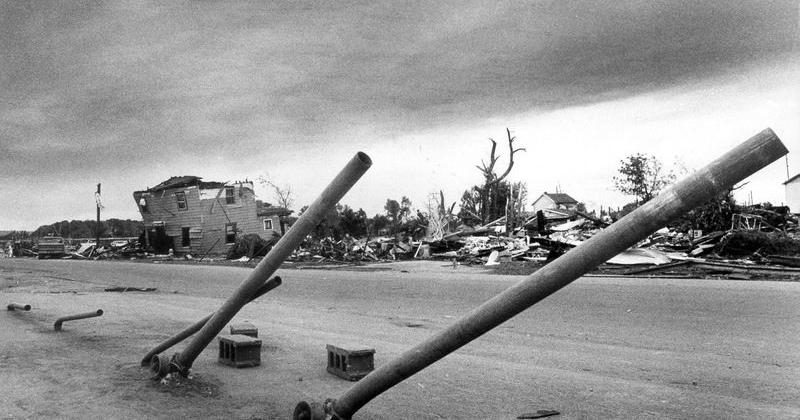Juliett Bravo Kilo
Member
It could also be a reference to this thing I noticed in Ron Alfredo's video:Re: the very narrow core, another interesting thing is that it still had a multivortex structure in at least some areas. The damage patterns bear that out, and several of the people I talked to who saw the tornado mentioned some variation of "two (or more) tornadoes spinning around and merging together." Must have been little subvortices the size of garden hoses lol

It's a bit faint but if you look at the center of the photo (or 2:41 in his video) you can see what looks a skinny vortex of some sort on the outside of the funnel, could be a suction vortex but is more likely a horizontal vortex.
Another shot that seems to show these:

You can see this one around 2:25 in his video.
Yet another demonstration of just how violent this tornado and event was, the helicity levels in that part of the country that day must have been intense. All the more remarkable for occurring far northeast.































